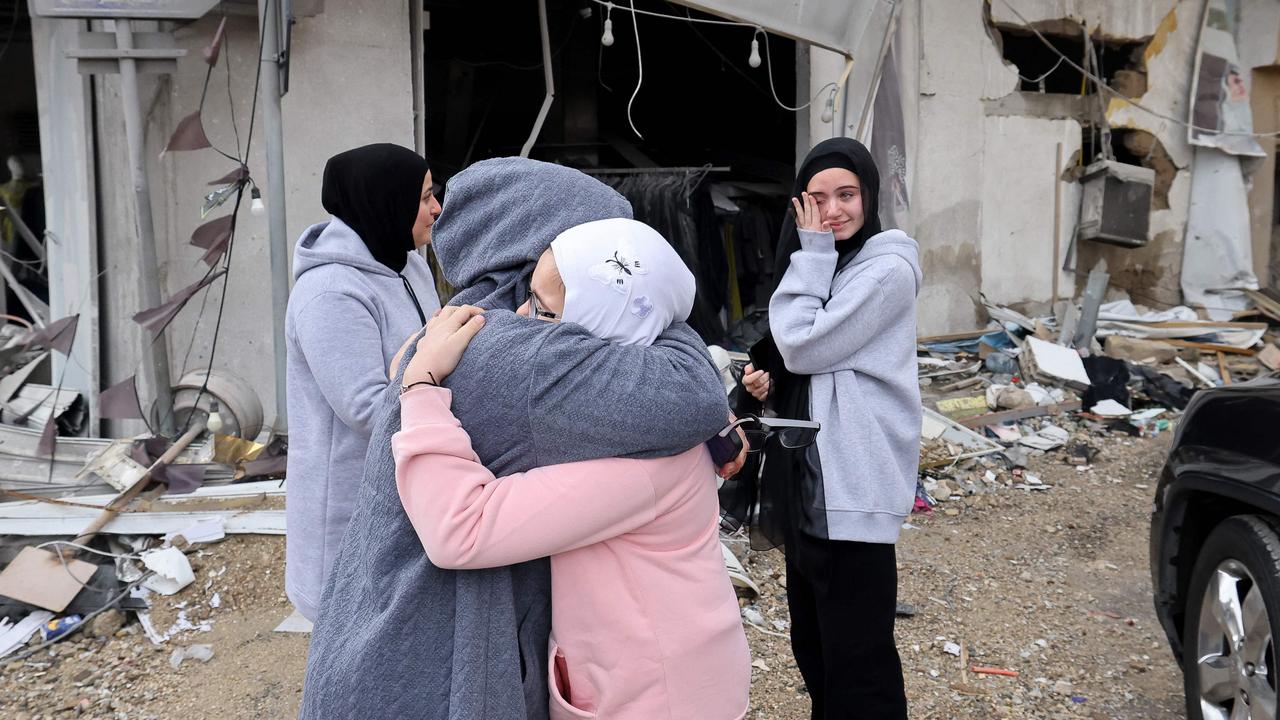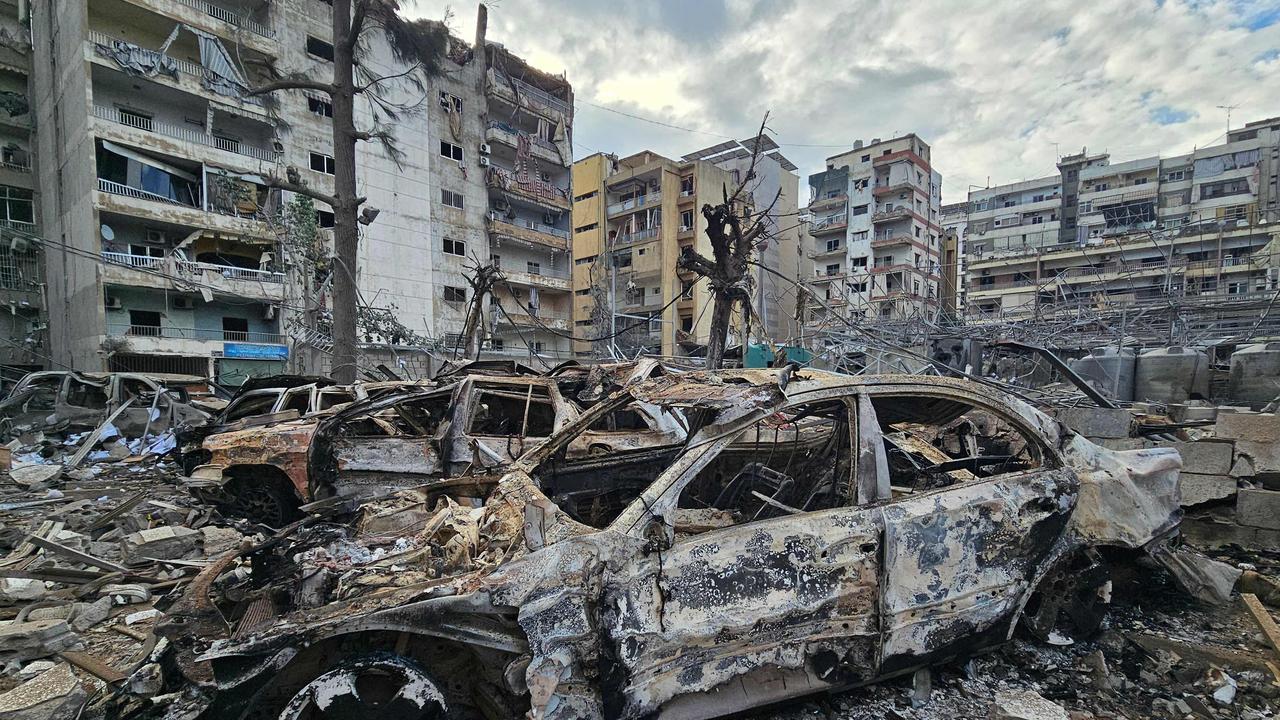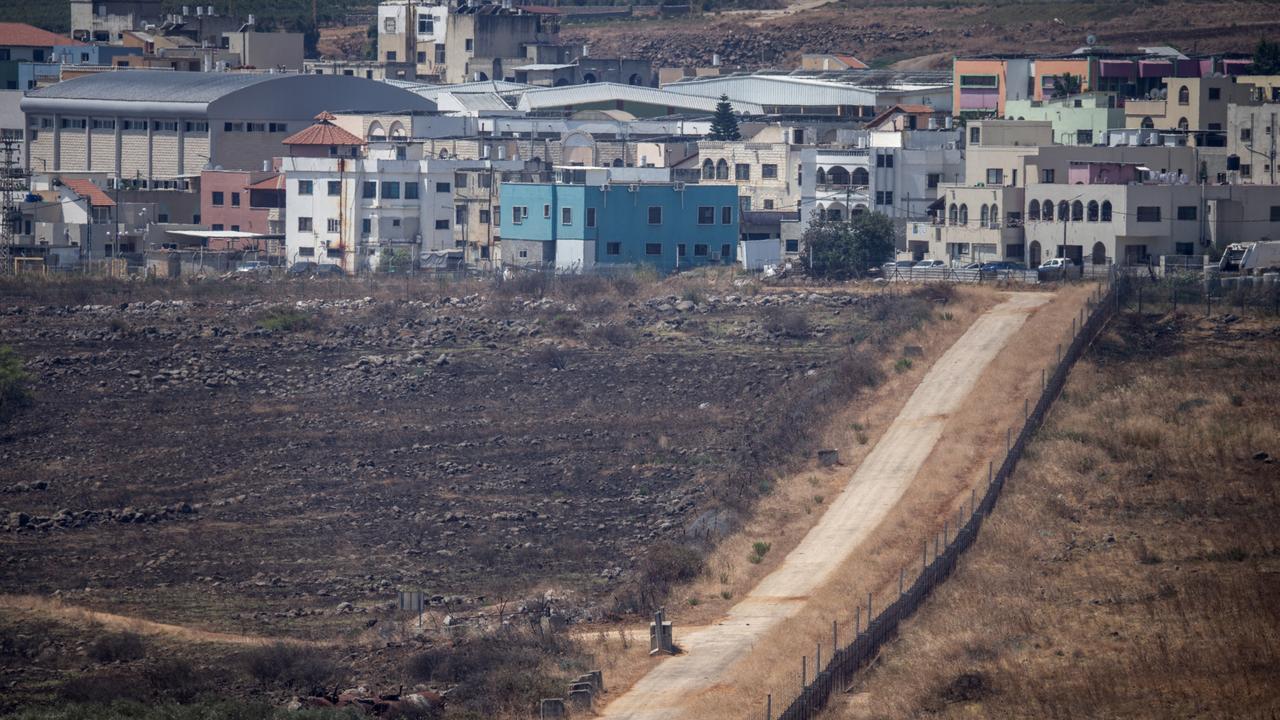Why the Israel-Hezbollah ceasefire could mean ‘continued fighting’ in Gaza
The much-anticipated ceasefire in Lebanon might have grim implications for another Israeli battlefront.
While the Israel-Hezbollah ceasefire has brought much-needed relief from the devastation in Lebanon, experts warn there is still a long way to go before a similar truce is achieved in Gaza.
Brokered by France and the United States, the ceasefire between the two warring parties is the first cessation of fighting between Israel and Hezbollah since October 2023.
Following the deal, US President Joe Biden announced a renewed drive to push for a Gaza ceasefire and hostage release deal.
For its part, Hamas has also signalled that it is “committed to co-operating” with efforts to achieve a ceasefire.
In Australia, foreign minister Penny Wong expressed hope the Lebanese truce would be a catalyst for a broader ceasefire in the region, including in Gaza.

However, Australian National University academic Dr Anas Iqtait, from the Centre for Arab and Islamic Studies, said drawing general parallels between the current ceasefire in Lebanon and a similar one in Gaza misses crucial context.
“Gaza is not an internationally recognised sovereign state,” Dr Iqtait said.
“It is internationally recognised as an entity occupied by Israel. The entire Gaza Strip is under Israel’s military control, and Israel has military operational freedom across Gaza. So, there’s really no comparison between Lebanon and Gaza.”
While the Lebanese and Palestinian wars are linked, senior lecturer in political science at The University of Melbourne Dr Simon Pratt said they “mean very different things to Israel.”
“In many cases, the ceasefire in Lebanon actually creates the space in Israel for the Gaza war to continue,” Dr Pratt said.
“By winding down the conflict in the north of Israel and isolating the focus, that creates more domestic space to continue fighting in Gaza,” he said.
More than 800,000 people have been displaced and about 3,800 killed in Lebanon, with most of the casualties occurring in the two months of full-scale war that erupted in September.
The conflict in Lebanon is seen as a spill-over from the war in Gaza, where Palestinian officials said 44,000 people have been killed, and 90 per cent its 2.3 million population displaced.

At least 73 Israeli soldiers have been killed in combat in northern Israel, the Golan Heights, and in combat in southern Lebanon, while about 60,000 people fled from their homes in the north during the conflict, according to the Israeli government, Reutersreports.
Dr Pratt said it is too early to predict whether the truce will hold and that “hostilities could resume at any time.”
“The anticipation of Lebanon is that [the war] is over,” Dr Pratt said.
“Things with Israel are less clear. The real situation to keep an eye on is whether internally displaced Israelis are returning to the north. If they aren’t, that shows that there isn’t confirmation from Israel that hostilities won’t resume,” he said.
Dr Iqtait agreed the permanence of the truce is difficult to predict.
“Ultimately, there’s a lot that can go wrong,” he said.
“For example, the mechanism that will be in place to implement Resolution 1701 is questionable, since for all intents and purposes, it was the same resolution in place [after the war] in 2006. It didn’t work. What are the guarantees that the mechanism will work this time around?,” he asked.

According to the United Nations, Resolution 1701 revolves around the cessation of hostilities between Hezbollah and Israel. Among its provisions, are both parties’ acknowledgment of a “line of withdrawal” referred to as the Blue Line, a 120km strip demarcated by the UN in 2000 that now serves as a de facto border between the two countries.
In August 2006, Resolution 1701 was adopted by the UN to end the 34-day war between Lebanon and Israel. It stipulates a “full cessation of hostilities based upon, in particular, the immediate cessation by Hezbollah of all attacks and the immediate cessation by Israel of all offensive military operations.”
It further calls for Israeli forces to withdraw from southern Lebanon in concurrence with the Government of Lebanon and United Nations Interim Force In Lebanon (UNFIL) deploying their forces in the south.
It has now been invoked as a key qualifier of the ceasefire by the United States, who is currently mediating between the two countries.
However, Israel has argued that Hezbollah has breached the resolution multiple times by operating close to its border, while, Lebanon says Israel regularly breached the agreement over the past two decades by sending fighter jets into its airspace, CNN reports.
– With AFP.





